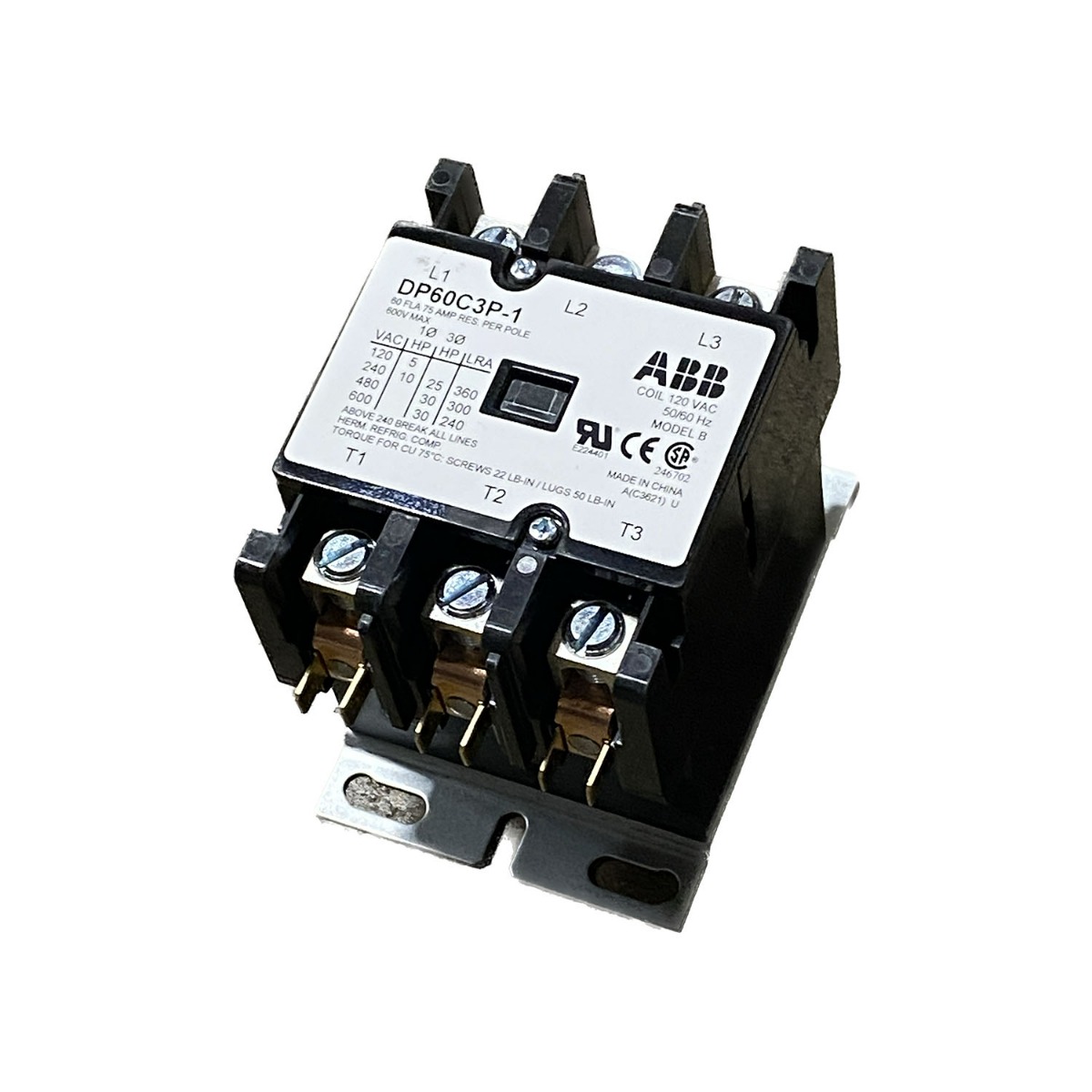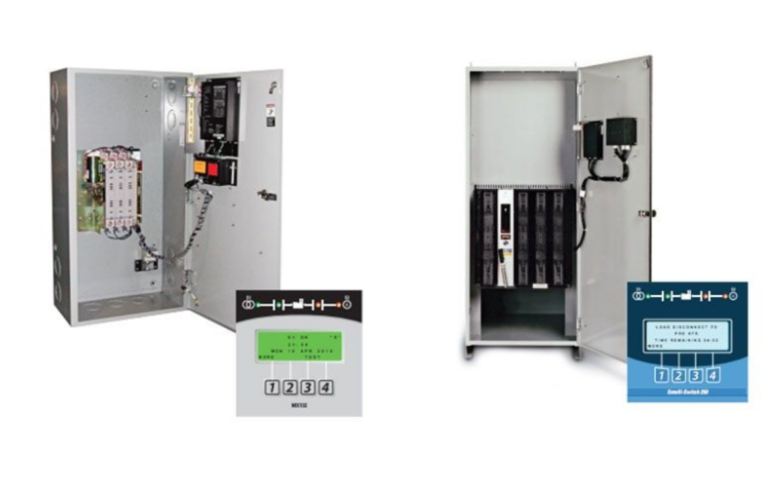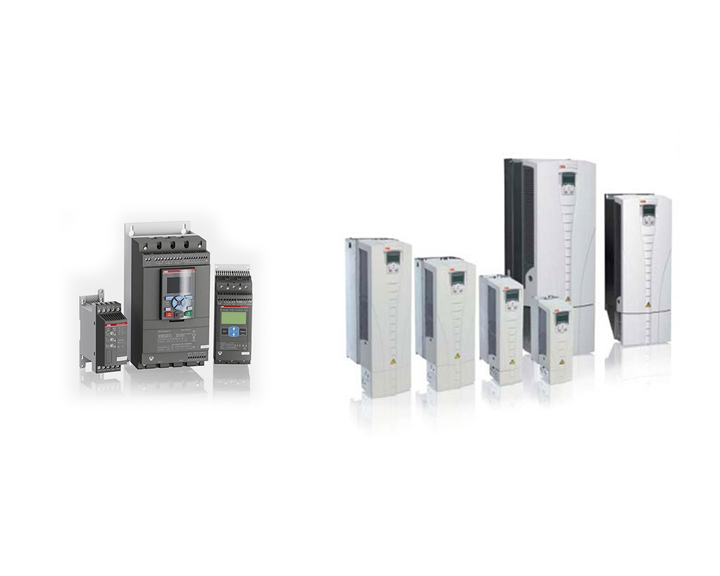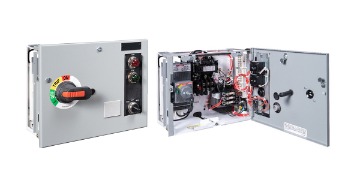Everything You Need To Know About Definite Purpose Contactors
The electrical industry can be complicated, especially for those without years of hands-on experience. That’s because there are dozens of terms that seem interchangeable, like circuit breakers and switchgear, and various things that come in multiple varieties, including contactors.
This article focuses on definite purpose contactors. So, if you’re sifting through options for a suitable contactor for your application, continue reading to learn more!
What is a Definite Purpose (DP) Contactor?
A definite purpose (DP) contactor is an electronically-controlled switch designed for use with switching power circuits. These contactors were initially designed for a specific purpose, hence the name “definite purpose.”
To understand DP contactors, it’s essential to understand the basics of a contactor.
First, contactors are electromechanical devices that regulate the switches of loads connected across them. In these systems, the contactor changes its contact state from open to closed when the coil is energized, causing the equipment to turn ON.
Unlike a general purpose contactor, definite purpose contactors are smaller but have similar ratings. In addition, DP contactors are UL-recognized instead of listed and offer greater compatibility. These contactors are ideal for specific scenarios and are often chosen for such, as they’re widely compatible and available at a lower price.
Initially, the most common application for these contactors was the HVACR industry. But in recent years, their application has expanded. Today, DP contactors are a go-to in other industries, attracting the eye of manufacturing companies that develop meat grinders, hot tubs, ovens, air gas compressors, washing machines, garbage disposers, water heaters, and more.
A Brief History
The origins of DP contactors date back to the 1950s when multiple massive HVACR OEMs requested their development. Until the concept became feasible, OEMs used sturdy, pricey, and long-lasting contactors and starters in their equipment. These contactors and starters boasted the National Electrical Manufacturers (NEMA) rating but didn’t exactly fit the ideal picture for OEMs.
So, DP contactors rose to the challenge, meeting the request of these OEMs. The new contactors had a much lower electrical life and came at a lower comparative cost, yet maintained the superior nature of NEMA-rated products.
Since these contactors were designed around the North American market to meet these requirements and market demands, companies primarily used them in North American applications. To this day, North American companies remain the primary consumer of DP contactors and starters, whereas International Electrotechnical Commission (IEC)-rated contactors and starters are more common in areas outside North America.
Basic Construction of DP Contactors
In a DP contactor, there are three primary components. The contacts serve as the current-carrying portion of the contactor assembly, which includes power contacts, auxiliary contacts, and contact springs.
The electromagnet, a coil, supplies the driving force necessary to close the contact. Next, the enclosure helps protect and insulate the contacts while preventing personnel from touching them. This enclosure is a frame housing made of various insulating materials, such as Bakelite, Nylon 6, and thermosetting plastics.
Last, the contactor has a coil input.
In some cases, the coil’s energy comes from the same voltage as a motor the contactor controls, but it can also come from separately controlled equipment featuring lower coil voltage. The lower voltage is more suitable for regulating because of its programmable controllers and lower-voltage pilot devices.
Definite Purpose Contactor Applications
Although DP control products were intended for use within the HVACR industry, their application stretches across several industries. Other market segments utilize these tools, although the application range usually sticks to manufacturers with heating, cooling, refrigerating, controlling, or air-moving applications.
Examples of these applications include:
- Hot tub and spa manufacturers
- Industrial oven manufacturers
- Air cleaning and purifying equipment
- Air compressor manufacturers
- Battery charging equipment manufacturers
- Tanning salon equipment manufacturers
- Water heater manufacturing
- Dry cleaning and pressing machine manufacturing
- Ventilating equipment manufacturers
- Water jet cutting
- Air conditioner room unit manufacturers
The Difference Between Definite Purpose, IEC, and NEMA Contactors
When choosing the ideal contactor for a particular application, OEMs and service technicians have several options, including DP, IEC, and NEMA contactors. Each option has its place, so while one contactor is ideal for specific scenarios, it might not work for all.
For example, the definite purpose contactor is ideal for HVACR applications, whereas there might be better choices than the NEMA contactor. On the other hand, the NEMA contactor is genuinely a general-purpose contactor, so it’s compatible with a wide range of applications. The IEC contactor is similar to the definite purpose contactor in that it’s usually selected for the application.
NEMA Contactors
National Electrical Manufacturers Association (NEMA) contactors are widely considered general-purpose contactors. This stems from their ability to function in various applications. They are large, sturdy contactors with plenty of material and significant gaps between the contacts.
Their construction leads to a more robust and longer-lasting product, and in many cases, they can outlive the equipment. Given their size and cost, OEMs began seeking a smaller, quieter, and more inexpensive alternative (the definite purpose contactor).
While they still have their place in harsher industrial applications where the size and lifespan are more applicable, they’re less common within the HVACR industry.
IEC Contactors
International Electrotechnical Commission (IEC) contactors were originally standard within the European market until after World War II. At this point, these contactors were designed to match IEC standards, but today, these standards are recognized globally.
Similar to definite purpose contactors, IEC contactors are usually matched more closely to their particular application. They’re smaller than NEMA contactors by a long shot, so they tend to cost less, especially for products under 100 Amps.
Specifying Definite Purpose Contactors
While specifying definite purpose contactors, there are a few features to consider. For example, contactors come in varying amperes, ranging from 15 to 360. On top of that, they come in single-, two-, and three-pole devices. In addition, their sealed housing mitigates contaminants and limits or eliminates noise.
They also feature a universal mounting plate that avoids the headache of changing hole patterns during replacements, and many terminal styles offer compatibility with specific application requirements. Coil changes are simple, and the no-position sensitive mounting benefits add to the convenience.
Installing and maintaining these contactors is straightforward and headache-free, as the devices are furnished with pressure plates and quick-connect terminals. Alternatively, the snap-on mechanical interlock option can interlock two contactors for reversing or two-speed applications.
Bottom Line
Definite purpose contactors have their place, especially in the HVACR industry and related fields.
They feature a smaller footprint, lower price tag, and shorter lifespan, making them an excellent choice for specific applications. But ultimately, while they’re perfect for some scenarios, they might not be the best fit for every situation. In the end, it all comes down to the unique application and your specific needs.
Need help finding a definite purpose contactor for your application? Bay Power can get you what you need. Though we don't have definite purpose contactors listed in our online catalog, you can contact us now and place an order over the phone.




